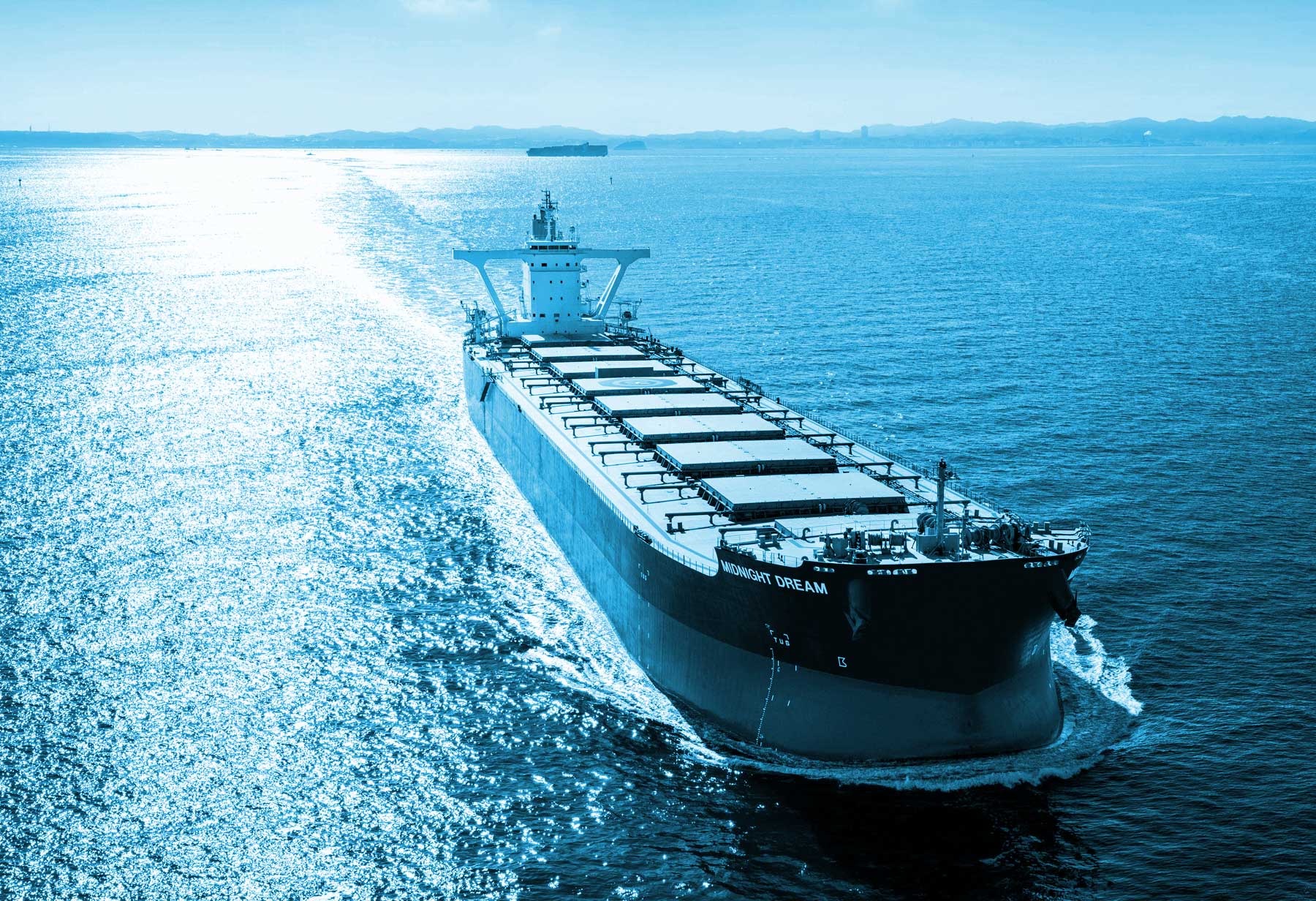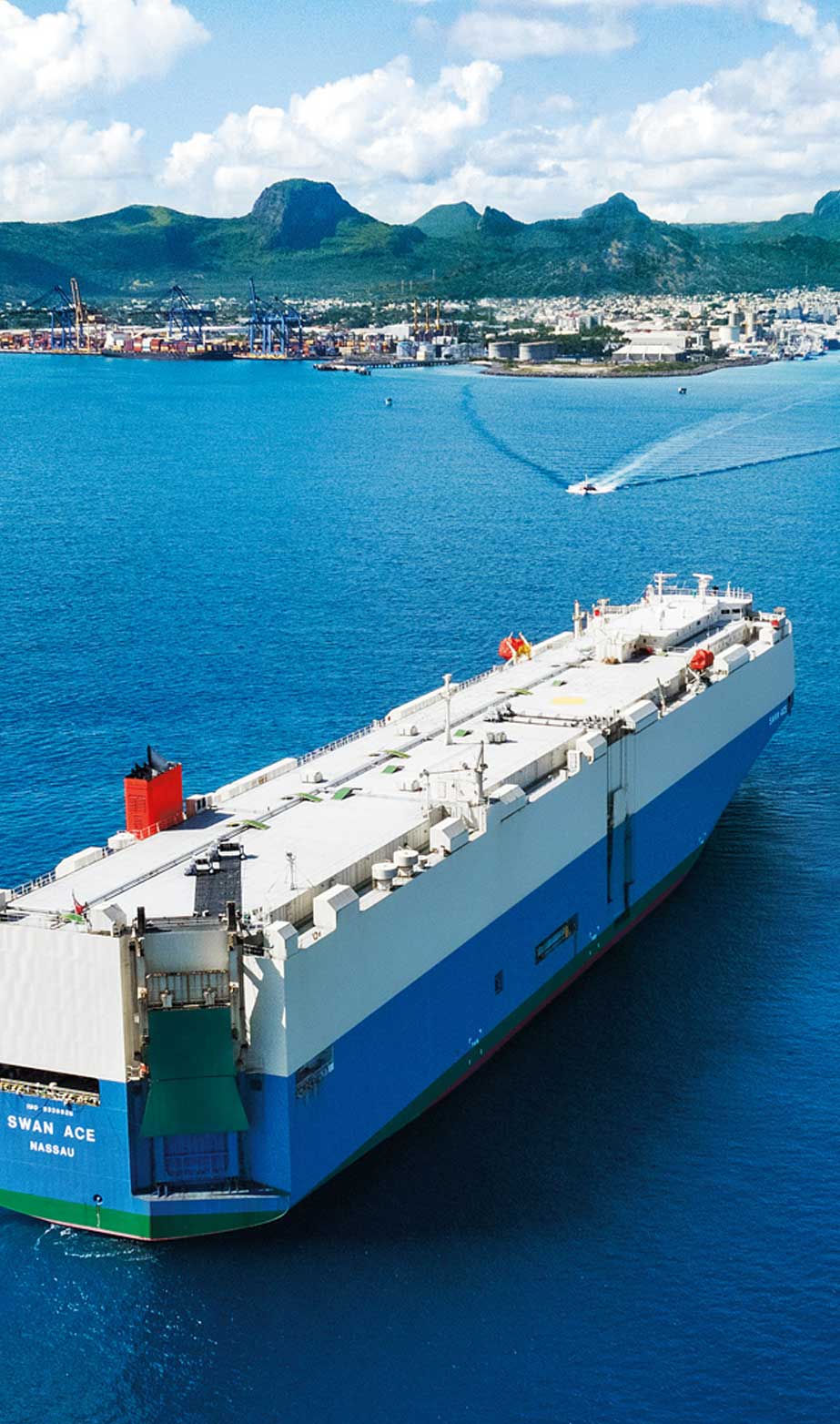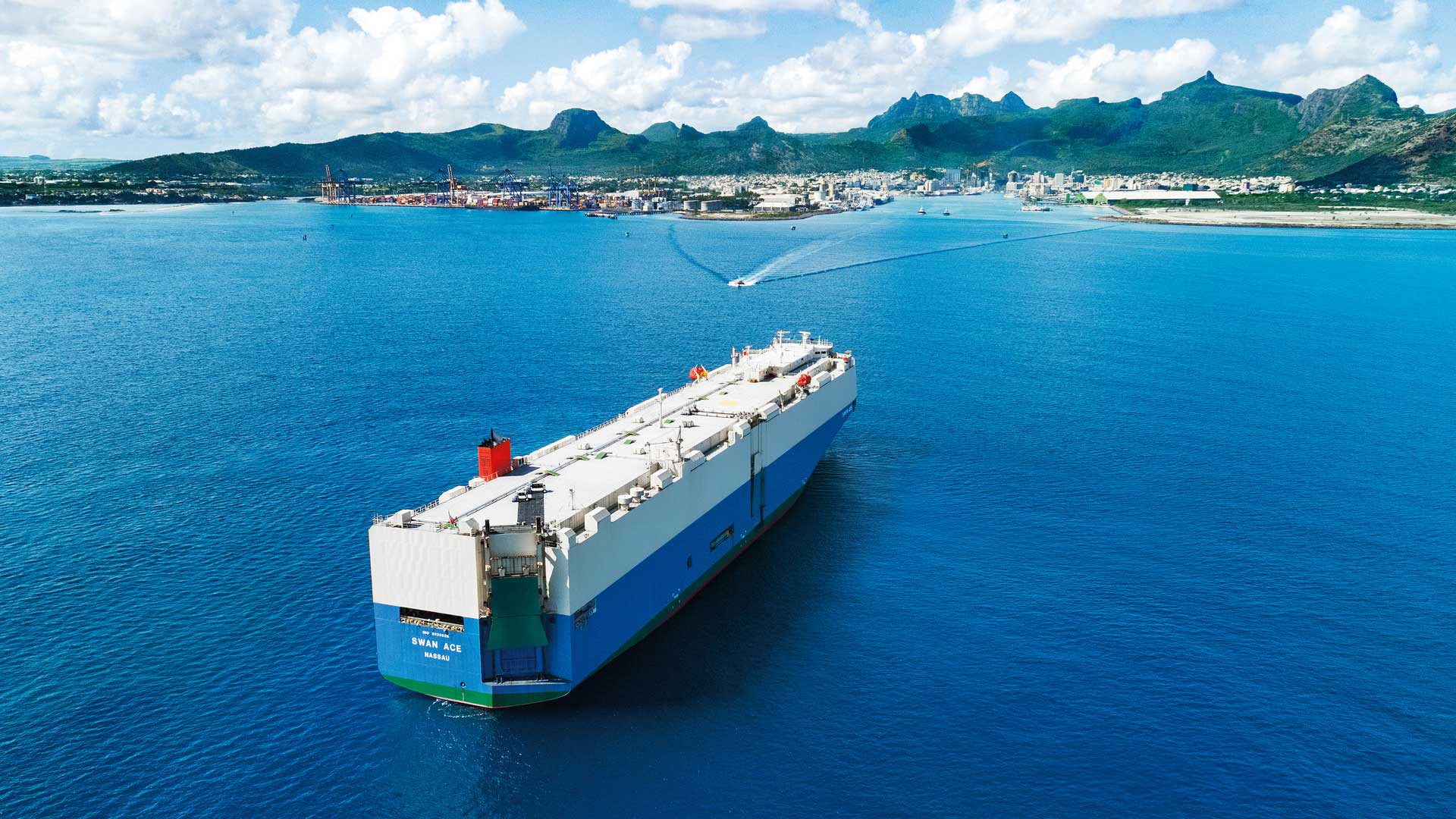How can big data reduce shipping emissions?
Logging data has long been crucial to navigation, and even the term “log” has nautical origins. Historically, it referred to a piece of wood attached to a rope with knots tied at regular intervals. This log was thrown overboard, and sailors would count the knots that passed in a set amount of time to determine the ship’s speed. These measurements were then recorded in a “logbook” to track the ship’s progress and location.
Today, the maritime sector has evolved far beyond analogue methods. Advances in computing, the “internet of things” and satellite technology now allow for the continuous collection and transmission of tens of thousands of data points about a vessel’s condition—such as fuel levels and engine performance—as well as its surroundings and route. This data is analysed, often remotely and almost instantaneously, to provide real-time advice to captains onboard.
Industry experts believe advanced analytics of shipping data can optimise routes, predict vessel fuel consumption and emissions and forecast delays into port. These capabilities promise substantial reductions in fuel use and emissions, enhancing the efficiency of maritime navigation.

Focusing on the fleet with detailed data
A significant advantage of data analytics in shipping is achieving emission reductions quickly and cost-effectively. Analysing data requires far lower upfront costs than updating fleets and can be implemented rapidly, even as the industry awaits the rollout of next-generation alternatives to fossil fuels.
Japan’s Mitsui O.S.K. Lines (MOL), one of the world’s largest shipping companies, is an example of a leading industry player leveraging big data to improve operational efficiency.
MOL aims to reduce its greenhouse gas (GHG) emission intensity by approximately 45 per cent by 2035 compared to 2019 and achieve net-zero GHG emissions by 2050. The company plans to achieve a fifth of these reductions by boosting its fleet’s operational efficiency, which includes adopting wind power for vessels and utilising data analysis to optimise vessel operations.
MOL launched its Fleet Optimal Control Unified System (FOCUS) in 2018 to harness big data and achieve this goal.
FOCUS brings together all our knowledge and experience: detailed voyage and engine data, collecting as many as 10,000 data points from a single ship through crew reports and various sensors tracking vessels during voyages
Explains Yoshiki Komi, general manager for the Maritime Data Integration Team and MOL’s FOCUS project representative.
The data is collected and transmitted at high-frequency intervals via satellite and then stored in a cloud-based platform. This data enables the development of applications for advanced ship operation monitoring and propulsion performance analysis.
The granularity and breadth of the collected data points enable greater precision, speed and accuracy in analysis. This helps reduce GHGs by providing timely advice on optimal routes and propulsion and can also contribute to safer voyages.
“Our system can identify high-risk vessels from our fleet and make faster, more accurate decisions for safe and efficient journeys and docking,” says Komi.
Overview of cloud-based data platform for shipping
Arriving just in time
In 2022, the company established a subsidiary in the Philippines named EcoMOL to focus on reducing greenhouse gas emissions. While FOCUS is a tool for collecting and analysing log data, EcoMOL enhances analysis and dissemination efforts. Based in Manila, the subsidiary is dedicated to improving fuel efficiency through data analysis, management and digital solutions.
“Through operational efficiency, EcoMOL aims to reduce Scope 1 GHG emissions intensity from the approximately 500 ships we directly operate worldwide. This is achieved with a team of around 20 local staff skilled in data handling and analysis," says Keiichiro Yokohashi, representative for EcoMOL. "Being based in Manila makes sense as the majority of MOL’s shipping crew members are Filipino, and Manila’s proximity to key business operations in Tokyo, Singapore and other Asian countries is advantageous."
The EcoMOL team uses the Wayfinder platform, a route optimisation app developed by ocean data startup Sofar Ocean. The system monitors and identifies MOL vessels that deviate from optimal routes or sailing speeds and contacts voyage operators and captains to make necessary adjustments. Post-voyage, it conducts data analysis, visualising how the vessel could have improved efficiency and suggesting possible improvements. These findings are then shared with internal stakeholders, the sales team and clients, proposing ways to balance business requirements with reducing emissions.
Yokohashi believes data analysis is essential for identifying issues that can lead to improvements. Equally important, he says, is the ability to communicate results to stakeholders and encourage them to take any necessary actions.


Due to berth congestion, approximately 10 to 15 per cent of fleets worldwide are waiting offshore to dock at any given time.
Two years after establishing EcoMOL, MOL Group has already surpassed its 2025 target for reducing the company’s GHG emission intensity. For the year ended 31 March 2024, the company recorded a 7.2 per cent reduction in GHG emissions compared to 2019.
Yokohashi hopes EcoMOL can contribute further to these reductions by addressing the surprisingly common problem of ships arriving into port too early. Due to berth congestion, approximately 10 to 15 per cent of fleets worldwide are waiting offshore to dock at any given time. By sharing data with other fleets, customers, ports and terminals, ships can voyage more slowly, reducing fuel use and emissions while arriving just in time to berth without waiting.
MOL is part of the Blue Visby Consortium, a consortium of over 32 industry players aiming to develop a digital platform for optimising arrival times. The group expects this initiative to reduce GHG emissions by as much as 15 per cent through improved coordination and timing.
Between the data and the deep blue sea
The maritime industry has increasingly turned to digital solutions to enhance operational efficiency in recent years. These innovations include next-generation autonomous ships, more accurate weather forecasts, just-in-time arrival in ports and AI-powered route optimisation software combined with force-feedback levers to assist ship captains. However, these measures must be extended, integrated and shared across the sector to achieve the industry’s ambitious goal of significantly reducing emissions.
GHG savings by optimising ship arrivals in ports, using BVS (Blue Visby Solutions)
Going forward, data sharing and collaboration among stakeholders will be crucial,” says Yokohashi. “The quality and quantity of data, including accuracy, granularity, freshness and reliability provided by each ship and company, are paramount. At MOL Group, we have already begun to address these changes.







